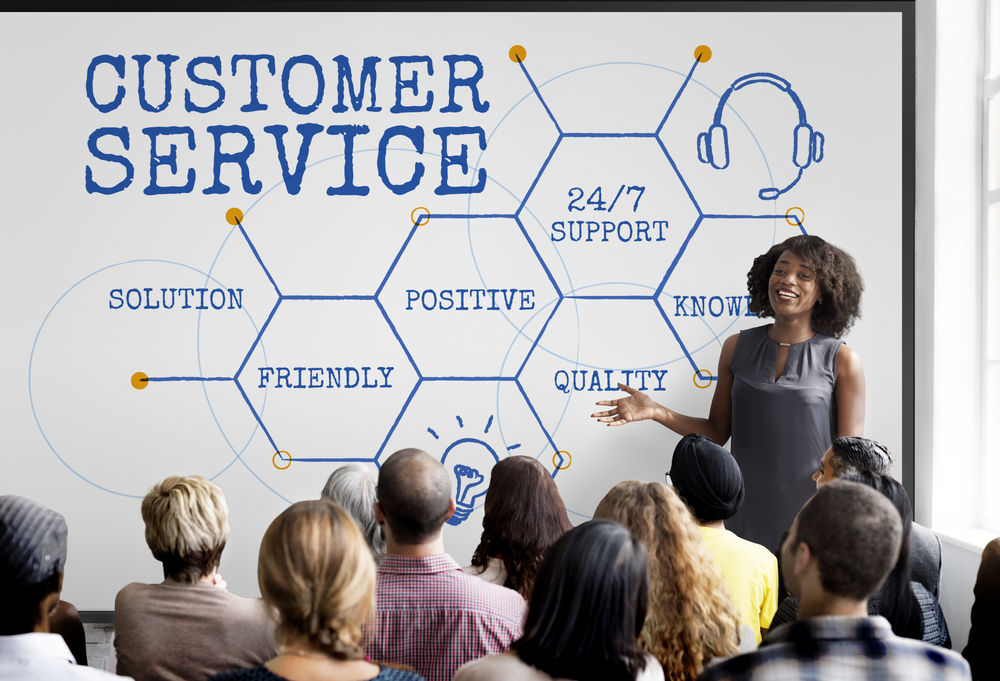Key Elements for Building a Successful Customer Service Training Program
Learn how to develop a successful customer service training program by focusing on key components such as theoretical foundation, practical reinforcement, and real-world application. This structured approach helps employees deliver exceptional service, enhancing customer satisfaction and loyalty. Implementing these stages through specialized training ensures business growth and long-term success.

Key Elements for Building a Successful Customer Service Training Program
Fundamental Aspects of an Effective Customer Service Training Strategy
To achieve business success, cultivating a loyal customer base is crucial. A strong customer relationship ensures sustained profitability. Today, the quality of customer support often outweighs the core product or service offered. The customer’s overall experience during purchase or interaction with your team influences their likelihood to return. Therefore, investing in comprehensive staff training is essential to provide exceptional service and foster customer satisfaction.
Customer service training sessions are widely adopted across various companies to enhance employee performance. Professionals often conduct specialized workshops to equip staff with the skills needed to deliver top-tier customer care. A well-structured training program typically includes three vital components:
Theoretical Foundations
Initial training involves seminars and lectures focused on effective communication and customer engagement. Employees learn techniques to make clients feel valued, encouraging repeat visits. This phase emphasizes building confidence and understanding product details so staff can confidently address customer inquiries. Theoretical knowledge forms the backbone of client interactions.
Practical Reinforcement
After theory absorption, employees undergo evaluations through written assessments, role-playing, or simulation exercises. Group discussions enable sharing ideas and approaches to handling common issues. Reinforcement ensures employee readiness by translating theoretical insights into practical skills—an essential phase for effective customer service delivery.
Hands-on Experience
The final step involves applying learned skills in real-world scenarios, often under supervision during a probation period. Performance evaluations continue as employees handle actual customers. Successful application confirms training effectiveness. This real-life practice is key to mastering customer service competencies and determining overall program success.
Most customer service training initiatives incorporate these foundational stages, often facilitated by specialized trainers or organizations hired by companies to streamline employee development.
Note: Our blog offers diverse insights across multiple fields, intended for informational purposes. While we aim for accuracy using careful research, readers should consider these articles as supplementary, not definitive. The site does not guarantee the accuracy of data across all platforms and may not include every available scheme or offer relevant to the topics discussed.










